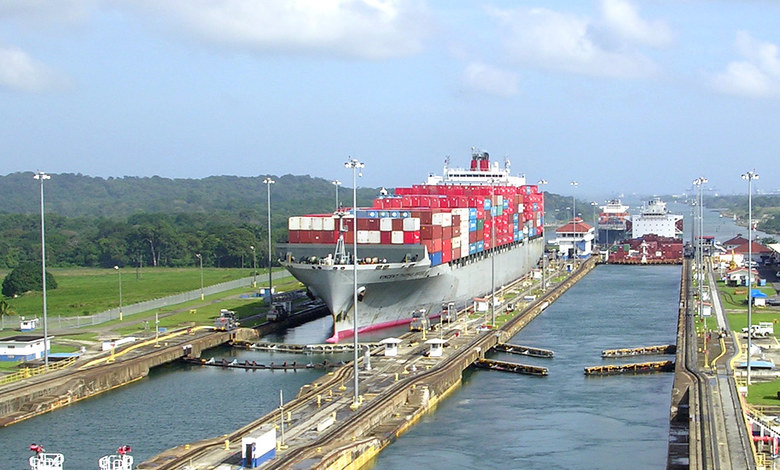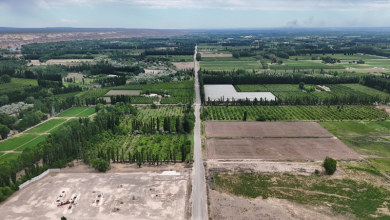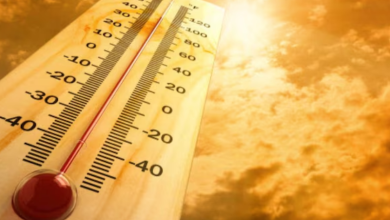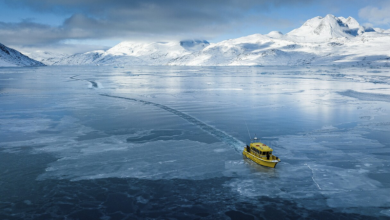Climate change is a menace. Panama Canal’s recovery could take years and billions of dollars

Parched conditions have crippled the prominent Panama Canal – known to handle $270 billion a year in global trade. Climate change and infrastructure expansion have together triggered the costly crisis, compelling companies to jump the queue or take the longer route.
There are no easy solutions. The canal authority is considering potential fixes that include an artificial lake to fill up the canal and cloud seeding to boost precipitation. But both options are expected to take years to implement, only if they are even feasible.
Climate crisis altering global trade flows
Panama Canal is navigating a tough period as the authority has capped the number of vessels that can cross. The 2023 limits have been the strictest since 1989. The constraints have since eased slightly due to a rainier-than-expected November, but the pre-drought figure is still far.
The circumstances reflect how the climate crisis is altering global trade flows. Under normal conditions, the Panama Canal handles 46% of containers moving from Northeast Asia to the US East Coast. The channel is Panama’s biggest source of revenue, luring $4.3 billion in 2022.
Ships enter through a narrow waterway and rise more than 26m above sea level into the man-made Lake Gatun. The process is reversed on the other side of the canal and the ships descend to sea level before exiting. The locking system depends on Lake Gatun and another reservoir.
Potential solutions for chronic shortages
Every vessel is estimated to use 200 million littles of water, the majority of which subsequently flows out into the ocean. The same sources also address the needs of more than half of the tropical country’s 4.3 million people. For decades, there has rarely been a problem of this sort.
Read More: Earth navigating uncharted territory. Exploring climate scientists’ predictions for 2024
One of the solutions to chronic shortages could be to dam up the Indo River and then drill a tunnel through a mountain to pipe fresh water 8 km into Lake Gatun. The project could demand billions of dollars and at least six years. But moving the proposal forward is unlikely to be easy.



